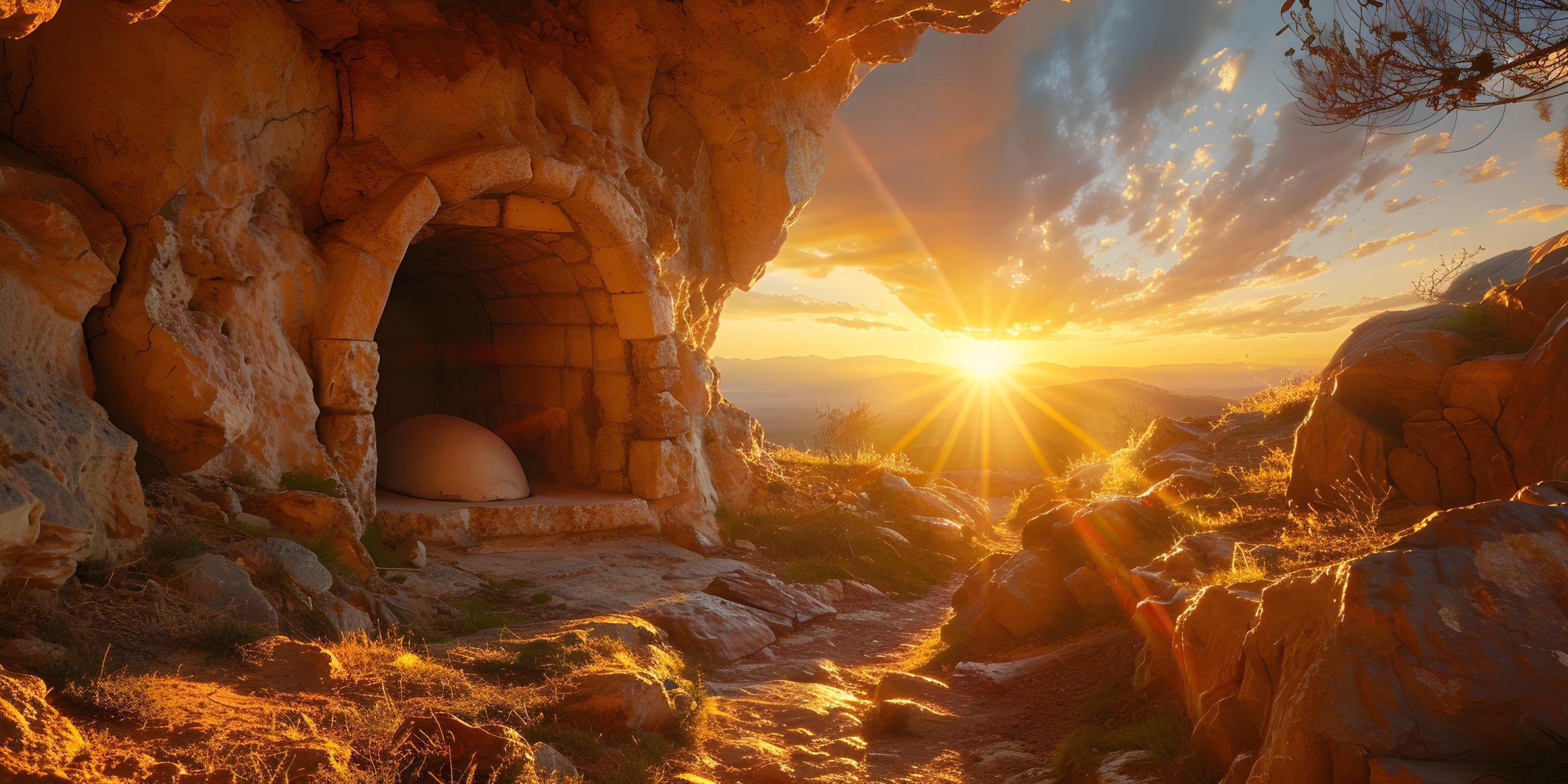
Discover Sefar: The Lost City Hidden in the Heart of Tassili n’Ajjer
For lovers of ancient rock art, vast cavernous spaces, adventure seekers, and those on a journey of self-discovery, the prehistoric landscape of Tassili n’Ajjer offers one of the most extraordinary travel experiences on Earth.
Nestled deep within the Tassili n’Ajjer mountain range—over 2,400 kilometers south of Algiers and near the Libyan border—lies Sefar, an ancient lost city shrouded in mystery. Known as the world’s largest troglodyte city, Sefar boasts thousands of fossilized cave dwellings and holds an invaluable treasure trove of more than 15,000 rock paintings and inscriptions dating back to the Neolithic era.
Sefar has been a UNESCO World Heritage site since 1982, yet it remains a hidden gem rarely visited by travelers due to its remote location and the challenges involved in reaching it.
The Journey to a Timeless World
There are no roads leading to Sefar. The only path to the Tassili n’Ajjer plateau is a rugged, high-altitude hiking trail. Even with burros carrying your gear, the climb is demanding—requiring good physical fitness, sturdy hiking boots, and a trusty walking stick.
As you weave your way through this rocky labyrinth with narrow, impassable passages, the awe-inspiring natural city slowly reveals itself. Sefar is often called the largest open-air gallery of prehistoric art in the world, housing tens of thousands of ancient inscriptions and paintings first discovered in the 1950s by the renowned French explorer and prehistorian Henri Lhote.
Stories Painted in Stone
Many of these artworks, some dating back over 15,000 years, depict animals and scenes of hunting or daily life, revealing that this harsh landscape was not always a barren desert.
Sefar stands as a vivid testament to climate change, human migration, and the wildlife that once thrived on the edge of the Sahara. If you’re lucky and observant, you might spot wild creatures like gazelles, ibex, or jackals still roaming the area.
Among the most mesmerizing paintings are enigmatic scenes of mysterious ceremonies and fantastical beings with otherworldly shapes—nicknamed “The Great God,” “The Black Archer,” “The Martians,” “Round Heads,” “The Chariots,” “Swimmers with Horns,” and “Women with Masks.”
Since November 2021, after years of restricted access, the Tassili n’Ajjer plateau and the incredible troglodyte city of Sefar have once again opened their doors to intrepid travelers eager to witness this ancient wonder.
Why Visit Sefar?
If your heart beats for…
- Untouched nature and endless horizons
- Majestic mountains and invigorating hikes
- The vastness of the Algerian Sahara—the largest desert on Earth
- Rich history and cultural heritage
- Stunning ancient art and living traditions
- Camping under the star-studded desert sky
- Off-the-beaten-path adventures
- A feeling of true solitude and timelessness
…then Sefar is a destination that belongs on your travel list.
Practical Travel Tips for Exploring Sefar
Great news for international visitors: the Algerian government has simplified the visa process for travel to the Sahara. To make your trip smooth, our team can handle your visa application on your behalf. Simply send us a copy of your passport (valid for at least six months beyond your travel dates), and once everything is approved, you’ll receive boarding permission to fly. Your visa will then be issued upon arrival in Algeria.
- Tourist visas valid for 10 days (renewable) can be issued at border crossings.
- Visa fees (EUR 100) are payable in cash on-site.
- Valid for all passports except Israeli.
- Only valid for travel in the Greater South region.
Once you book your safari with us, we’ll send you a form to complete. Upon approval, you’ll receive boarding permission, allowing you to cross your country’s borders and receive your visa upon entering Algeria.
What to Pack for Your Desert Adventure
For your nights under the stars, we provide tents, mattresses, pillows, and blankets. However, you’ll need to bring:
- Sleeping bag
- Warm hat and gloves
- Sunglasses
- Lip balm, sunscreen, and hand moisturizer (the days are bright and dry)
- Lightweight clothing for daytime
- Warm clothes for the chilly nights (especially from November to February) including hoodies, jackets, leggings, and cozy socks
- Durable hiking boots
- Personal toiletries and a small first aid kit
- At least a 1-liter water bottle
- A small backpack for daily hikes
- Eco-friendly wet wipes and biodegradable toilet paper (please help us keep the desert pristine)
- A lighter to safely burn used toilet paper
- Headlamp or flashlight
- Lightweight fleece jackets (great for warmth without bulk)
- Nail clippers and nail file
- Embark on this unforgettable journey to Sefar, where ancient history and stunning landscapes merge into a truly unique adventure—one that whispers the secrets of humanity’s distant past amid the silent beauty of the Sahara.